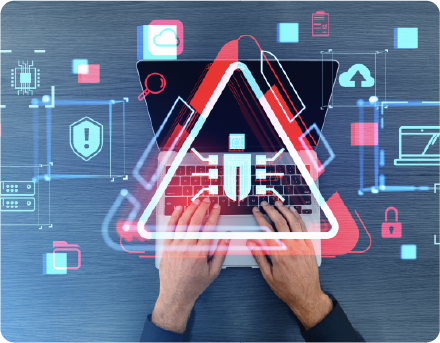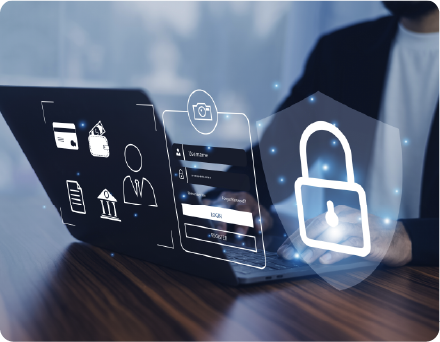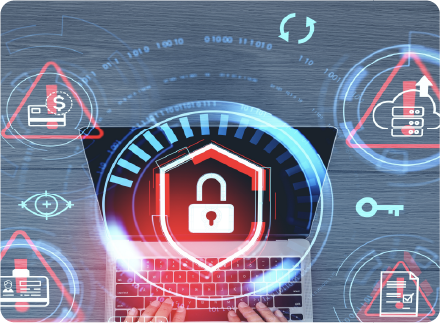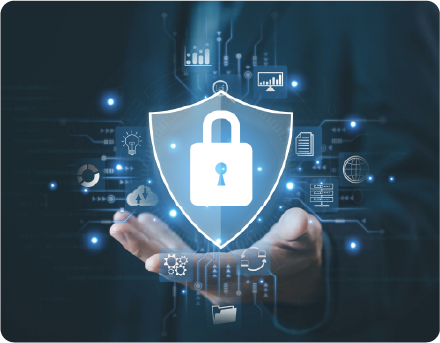Identify all assets, software, devices, and systems within the organization's environment.
Analyze identified assets for vulnerabilities and their potential exposure to cyber threats.
Rank vulnerabilities based on their severity, potential impact, and likelihood of exploitation.
Regularly test and validate the effectiveness of implemented security controls and mitigation measures.
Apply countermeasures to reduce the risk of successful attacks, such as patching, configuration changes, or security controls.

SecurX provides real-time visibility into an organization's digital assets, including on-premises, cloud, and shadow IT environments. It continuously tracks and assesses assets for misconfigurations, vulnerabilities, unauthorized changes, and exposure to cyber threats.
SecurX helps you in identifying all the vulnerabilities within in your environment and further classifies this into critical & non-critical vulnerabilities based on the asset criticality, there could be a medium vulnerability on a few servers, however, these server are business critical and if compromised this could create a huge business impact on the organization. Such a vulnerability will be prioritized and rates as high risk vulnerabilities.
Unlike traditional vulnerability management, this approach goes beyond CVSS scores, incorporating factors like active threat actor activity, attack surface exposure, and asset criticality.


SECURX monitors all your identity exposures by focuses on detecting and mitigating risks related to compromised credentials, misconfigured access controls, and exposed user identities. It continuously monitors dark web leaks, credential dumps, privileged account misuse, and excessive permissions to prevent unauthorized access and identity-based attacks. By leveraging threat intelligence, behavioral analytics, and zero-trust principles, SECURX helps organizations proactively secure identities, reduce attack surfaces, and prevent credential-based breaches.
SecurX solution ensures continuous visibility, compliance, and risk management across multi-cloud environments. It identifies misconfigurations, excessive permissions, unpatched vulnerabilities, and exposed cloud assets that could be exploited by attackers. By leveraging automated assessments, threat intelligence, and policy enforcement, SecurX helps organizations proactively secure their cloud infrastructure, reduce attack surfaces, and maintain compliance.


SecurX provides prioritized, actionable remediation plans based on real-world exploitability, business impact, and compliance requirements. By leveraging automation, AI-driven insights, and guided workflows, SecurX helps security teams accelerate patching, enforce security policies, and reduce the organization's overall attack surface, ensuring a proactive cybersecurity posture.